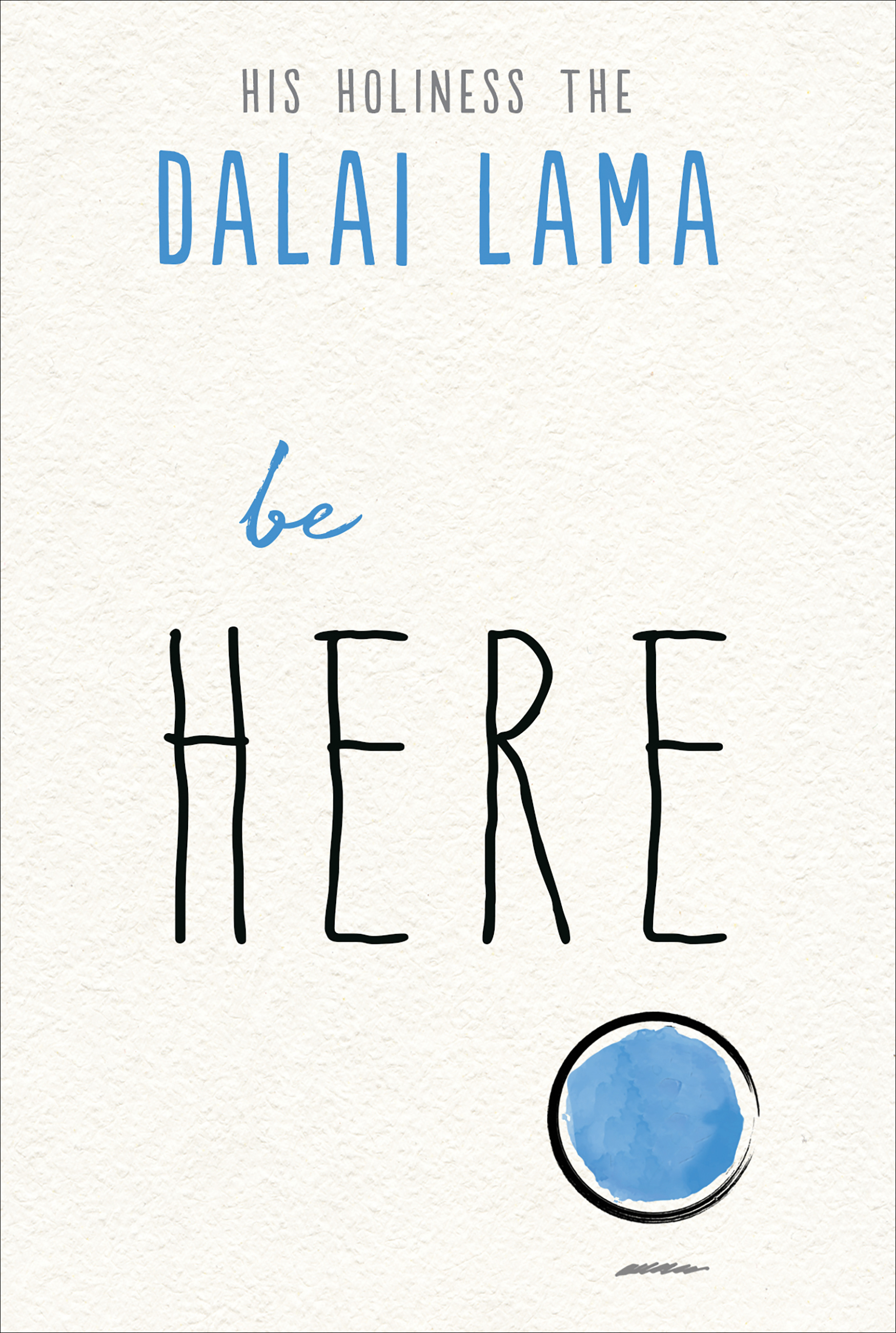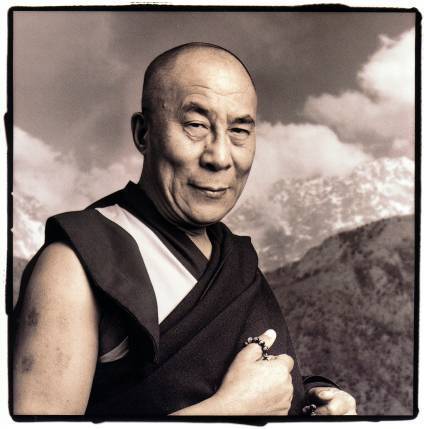
Simple and accessible wisdom from His Holiness the Dalai Lama on how we stay in the moment in the midst of the demands and stresses of everyday life. Be Here includes discussions of the Buddhist concepts of attachment, emptiness, compassion, love, and resentment and how our sense of the past and the future affect our ability to be in the present. Many Buddhist practices and meditations focus on “being in the present moment.” But what does that really mean? What does it mean to be here now? Attachment. Emptiness. Compassion. You will hear the Dalai Lama present these three words again and again in this book of wisdom designed to move us toward the goal of “being here.” He speaks of attachment—to things, to people, to memory, to feelings of anger and resentment, to future goals. Being attached means we are not here now; we are living through wherever our attachment takes us. Does emptiness mean we let go of everything? Even the present thoughts in our minds? How does understanding emptiness help us to be here now? The Dalai Lama is clear: if we are not educated about past history and if we have no sense of the future, then how can be possibly have a “present”? When we are here, we can practice compassion in the present moment and focus on social justice now. When we are here, we are no longer attached to our past, no longer stressed about the future, no longer tethered to suffering. Being here means we find happiness, peace, and the fullness of life.
Author

Jetsun Jamphel Ngawang Lobsang Yeshe Tenzin Gyatso (born Lhamo Döndrub), the 14th Dalai Lama, is a practicing member of the Gelug School of Tibetan Buddhism and is influential as a Nobel Peace Prize laureate, the world's most famous Buddhist monk, and the leader of the exiled Tibetan government in India. Tenzin Gyatso was the fifth of sixteen children born to a farming family. He was proclaimed the tulku (an Enlightened lama who has consciously decided to take rebirth) of the 13th Dalai Lama at the age of two. On 17 November 1950, at the age of 15, he was enthroned as Tibet's ruler. Thus he became Tibet's most important political ruler just one month after the People's Republic of China's invasion of Tibet on 7 October 1950. In 1954, he went to Beijing to attempt peace talks with Mao Zedong and other leaders of the PRC. These talks ultimately failed. After a failed uprising and the collapse of the Tibetan resistance movement in 1959, the Dalai Lama left for India, where he was active in establishing the Central Tibetan Administration (the Tibetan Government in Exile) and in seeking to preserve Tibetan culture and education among the thousands of refugees who accompanied him. Tenzin Gyatso is a charismatic figure and noted public speaker. This Dalai Lama is the first to travel to the West. There, he has helped to spread Buddhism and to promote the concepts of universal responsibility, secular ethics, and religious harmony. He was awarded the Nobel Peace Prize in 1989, honorary Canadian citizenship in 2006, and the United States Congressional Gold Medal on 17 October 2007.